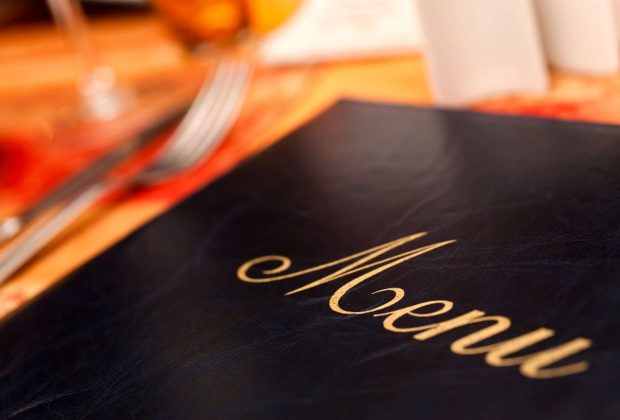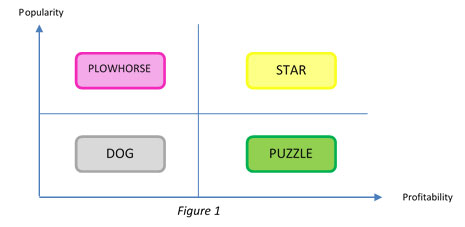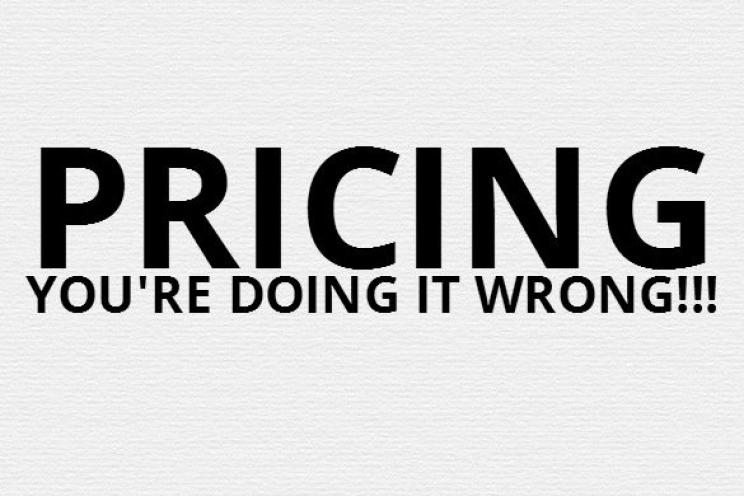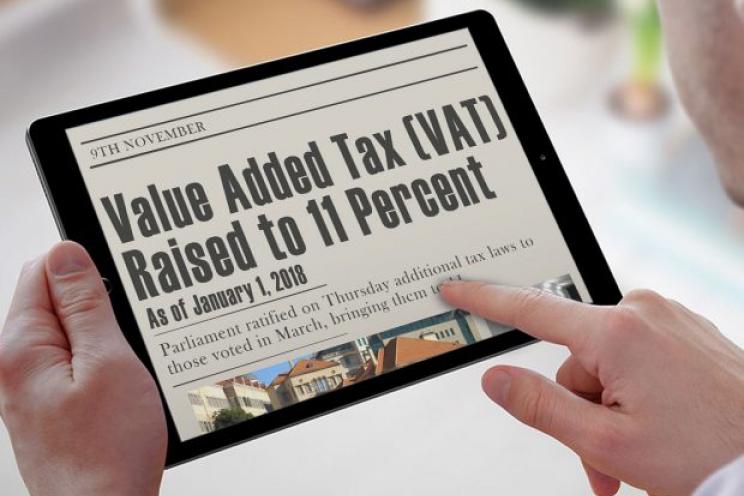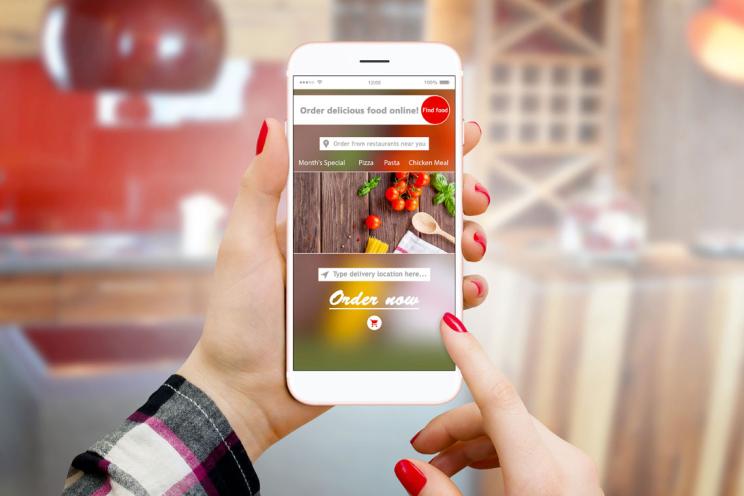So, what next?
You’ve got your figures and analyzed the data according to your menu items popularity and profit contribution. Now it’s over to the restaurant manager to undertake appropriate action by applying a strong, new menu design that lists what you want to be sold.
Those items that ranked ‘STAR’ rated dishes (in other words, the most profitable ones) should be placed in the top right corner of the menu. This is backed up by extensive research that shows most of us, including your diners, scan the top right corner of a menu list before looking at anything else. So, we’re not going to argue with that.
You’ll also want to increase the sales of ‘PUZZLE’ dishes (high profitability, low popularity). But how? Let’s return to the experts. They say that years of testing shows diners are more likely to order the first item of a group of offers like pasta, beef, chicken, etc.
It makes perfect sense, therefore, that ‘PUZZLE’ dishes are positioned on the top of their own group. This way, the menu-engineered new list will push clients to opt for those more profitable menu entries that, till now, have not been popular.
There are several factors you should consider when upselling ‘PUZZLE’ items. Think about including attractive images (the ones that make your diners go: oooh! That looks tasty). Typography type and size is important too. For example, use bold typography and/or place it in a frame.
Obviously, you should be increasing the profitability of the ‘PLOW-HORSE’ items. This can be done two ways: Increase the selling price or decreasing costs, since they are affect the overall Gross Profit Percentage (GP%).
And did we mention those ‘DOG’ items? They need to disappear. And quick.
But how often should I apply menu engineering?
This all depends on your restaurant type. Twice a year is a good starting point to achieve the maximum benefits.
The important point here is to be already using menu engineering in your restaurant. Don’t worry if you’re not, just download this menu engineering worksheet for free − just record the numbers and add them up to see how much menu engineering can impact your restaurant.
Savvy restaurant owners, however, have already installed an automated menu engineering system that requires just one click to activate and start getting the required results.
Take a look at the BIM POS menu engineering system we developed.
Menu Engineering is nothing new yet surprisingly many restaurant owners are not using this feature to its full advantage.
It is a continuous process that should be repeatedly practiced in any hospitality business. More studies mean more data and ultimately better menu performance.
It doesn’t matter if you are a hospitality newcomer or seasoned player, becoming an expert menu engineer is doable and should always be part of your business plan.
If you liked this article, share it on Twitter, Facebook, LinkedIn or email it to a friend.
Subscribe to our newsletter and get more tips on how you can successfully grow your hospitality business.

